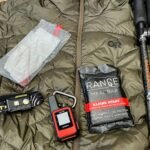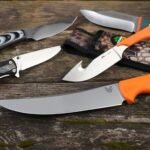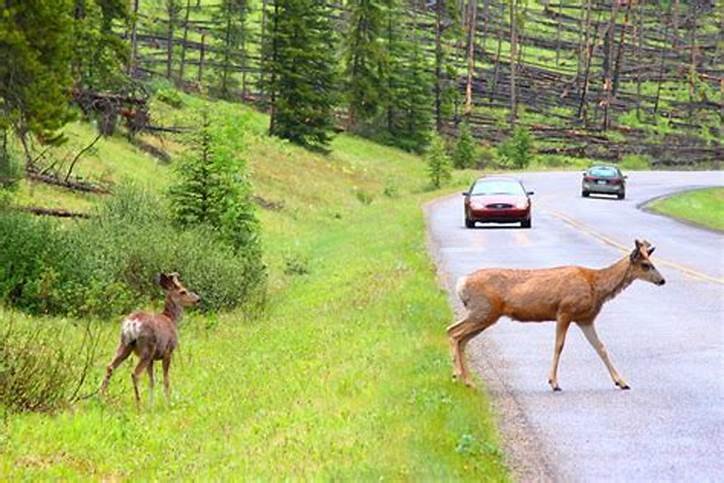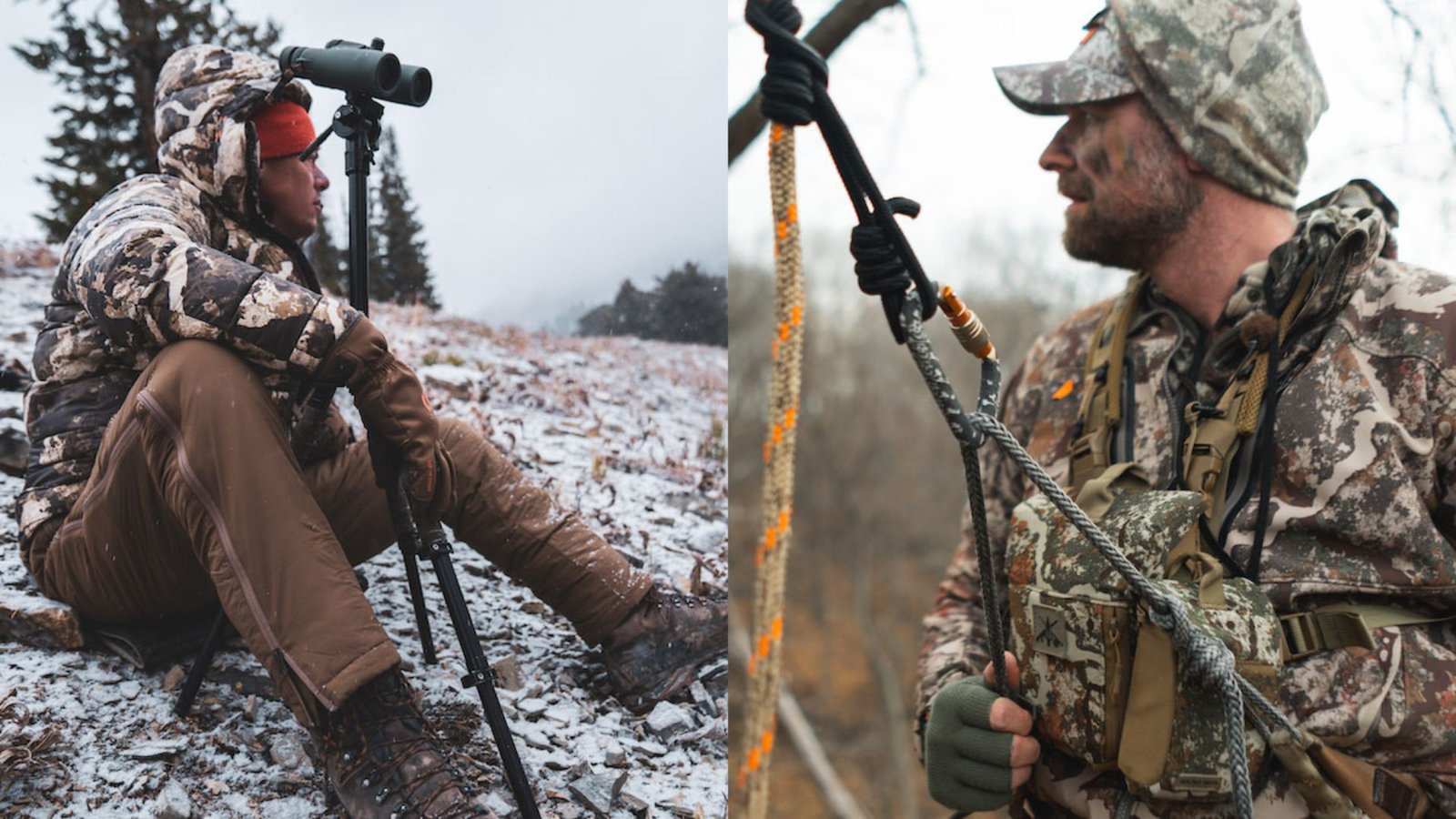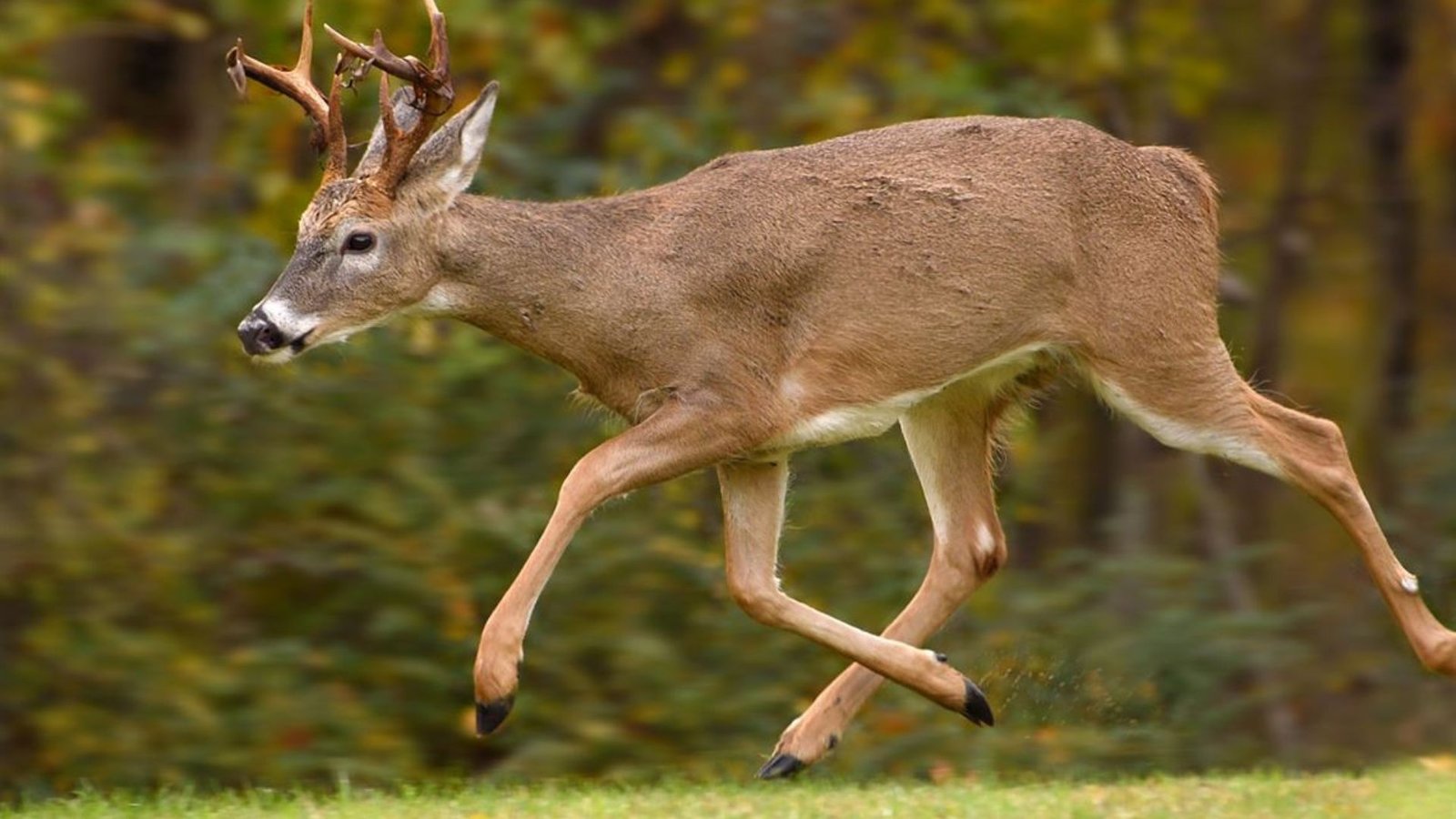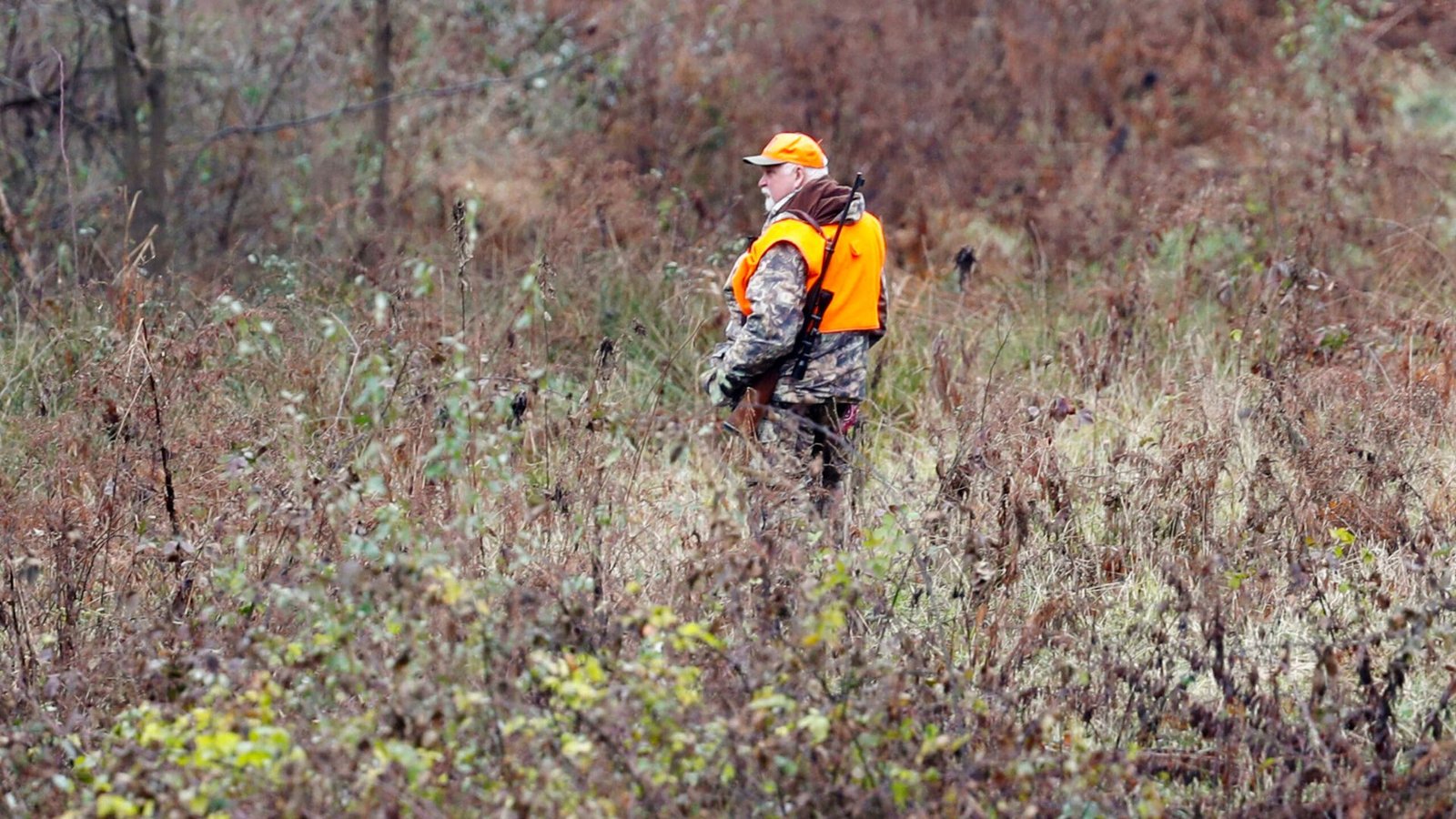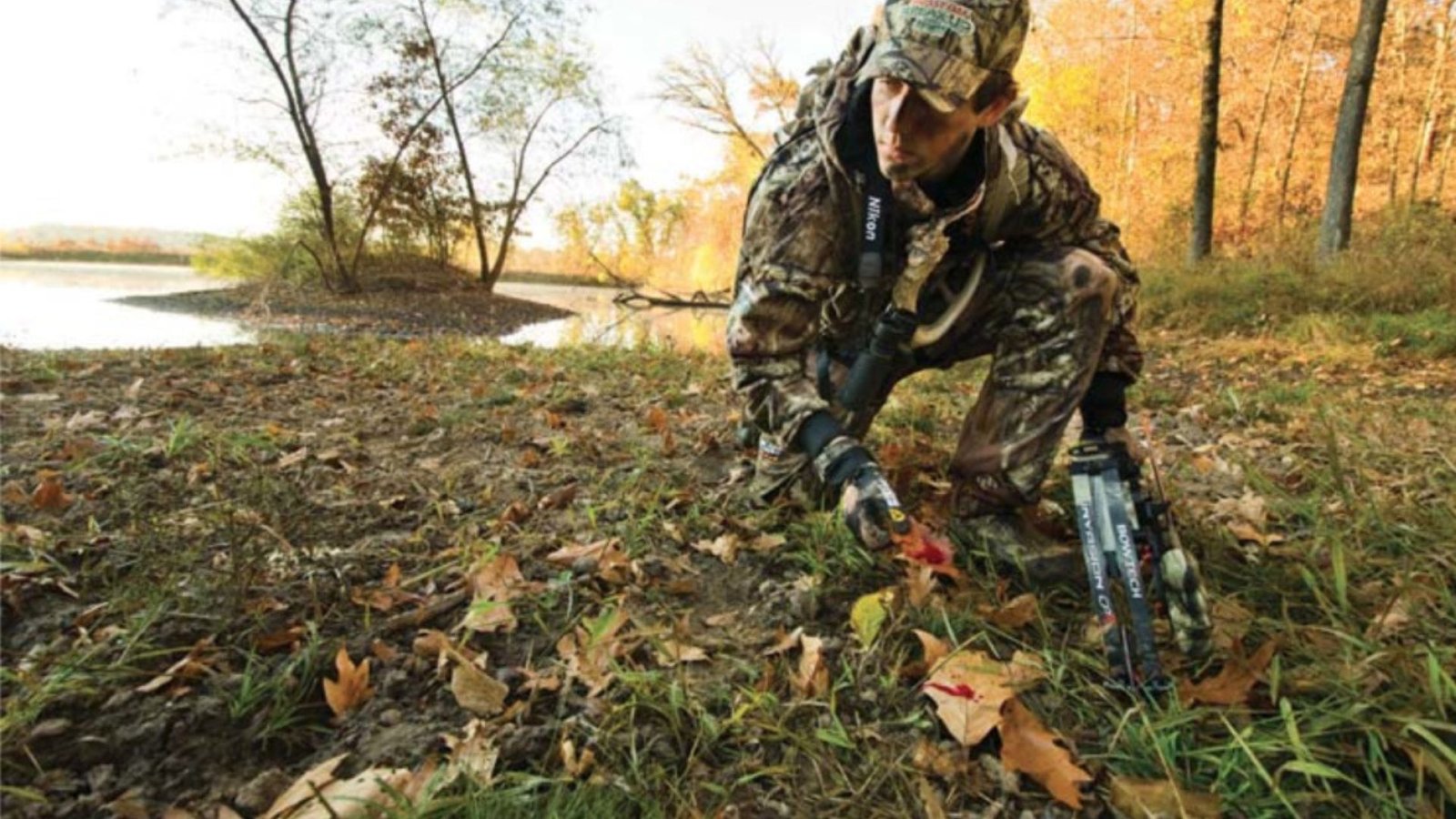Deer tracking is an essential skill for successful hunting. Being able to differentiate between fresh and old deer tracks will give you an advantage in locating your prey. Knowing how to identify the age of deer tracks can help you gauge how recently a deer passed through an area, allowing you to adjust your strategy accordingly.
1. Look for the Depth of the Tracks
One of the most obvious ways to tell if a deer track is fresh or old is by looking at the depth. Fresh tracks will generally be deeper in the ground because the earth or snow has not yet had time to settle and harden. As time passes, these tracks begin to fill in and lose their depth. If the track is shallow or filled in, it’s likely older.
2. Assess the Definition of the Track Edges
Fresh tracks will typically have well-defined edges, making them easy to spot. The longer a track has been left, the more it tends to soften, and the edges blur. Old tracks will have faded, irregular edges as the soil or snow has shifted around them due to wind, rain, or animal movement.
3. Check the Condition of the Surrounding Ground
Fresh tracks are more likely to show signs of disturbance, like disturbed dirt or a slightly raised edge around the track from the deer’s hooves. As time goes on, the surrounding ground smooths out and becomes level, making old tracks appear more blended with the surrounding surface.
4. Look for Moisture in the Tracks
In moist conditions, fresh tracks often retain a bit of water or moisture in the center of the print. As the tracks age, this moisture evaporates, and the print becomes drier and more hardened. This is especially noticeable in muddy conditions.
5. Assess the Surrounding Landscape
Another indicator of how old a track is relates to the condition of the surrounding environment. In a snowy area, fresh tracks will often leave an impression in the snow that is more distinct than older tracks, which have likely been covered by a layer of new snow. Similarly, in forested areas, if vegetation has been disturbed near the track, it’s a sign that the track is fresher.
6. Evaluate the Direction of the Tracks
The direction in which the tracks are headed can also help you determine their age. Fresh tracks often have a clear direction, while older tracks may be more difficult to follow due to shifting debris or wildlife activity in the area. Pay attention to the condition of the trail as well; fresh trails are often clearer and free of obstructions.
7. The Smell of the Track
This may seem unusual, but fresh deer tracks sometimes have a faint scent, especially if the deer has recently passed through wet areas. The odor is usually quite subtle and may not always be present, but it can offer an additional clue when combined with other tracking methods.
8. Examine the Surrounding Vegetation
Fresh tracks in areas with grass or bushes may show signs of crushing or bending vegetation. In contrast, older tracks may be surrounded by vegetation that has had time to grow back, so there is little sign of disturbance. Deer often leave a trail of broken branches or bent twigs when passing through an area, which can help you determine how recently the deer passed.
9. Listen for Environmental Changes
While tracking deer, always listen for the sounds of your surroundings. Fresh tracks might be accompanied by more recent environmental noises, like the rustling of leaves, cracking branches, or the sounds of other wildlife in the area. An older trail might be quieter, with fewer animals moving through.
10. Consider the Time of Day and Weather
The time of day and weather conditions can significantly impact how quickly tracks age. For example, tracks in the early morning will likely be fresher than those made later in the afternoon. If it rains or snows after tracks are made, it can quickly distort or cover them, making it more difficult to tell how fresh they are.
Conclusion
Identifying the difference between fresh and old deer tracks is a vital skill for any hunter. By paying attention to the depth, edge clarity, moisture, and surrounding landscape, you can determine how recent the tracks are and adjust your strategy accordingly. When combined with other tracking methods, such as assessing the terrain and reading signs of deer behavior, identifying the age of tracks will increase your chances of successful hunting.



